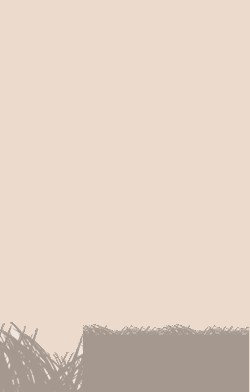The Red Fox (Vulpes vulpes) is a small canid native to much of North America and Eurasia, as well as northern Africa. It is the most recognizable species of fox and in many areas it is referred to simply as “the fox”. It was introduced into Australia in the 19th century.[2] As its name suggests, its fur is predominantly reddish-brown, but there is a naturally occurring grey morph known as the “silver” fox; a strain of domesticated silver fox has been produced from these animals by systematic domestication.
The red fox is by far the most widespread and abundant species of fox, found in almost every single habitat in the Northern Hemisphere, from the coastal marshes of United States, to the alpine tundras of Tibetan Plateau. It is capable of co-existing with more specialized species of foxes, such as Arctic fox, in the same habitat. The red fox could withstand and sometimes thrive in areas with heavy human disturbance. It is nowhere near extinction, and its amazing adaptiveness is driving many other less competent species into extinction.
The red fox is frequently featured in stories of many cultures, and is often portrayed as a sly animal.
(From Wikipedia, April 23, 2010)
– – –
The red fox is typically active at dusk (crepuscular) or at night (nocturnal), but is often active in the day in more undisturbed areas (3). The diet is extremely broad, and includes small mammals, many invertebrates, and birds, as well as fruit, carrion (3) and items scavenged from dustbins, bird tables and compost heaps (2).
(From the EOL via ARKive, April 23, 2010)
– – –





